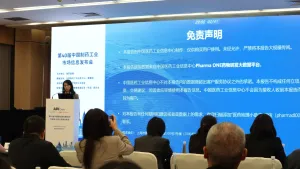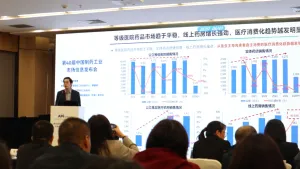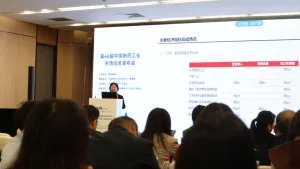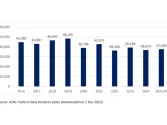Join the community
Most Read
1. Hong Kong plans wider primary-care network in reform push 2. Asia-Pacific to lead global medical device growth in 2026 3. Alexandra Hospital Campus enters next phase of redevelopment 4. New $553.3m John Hunter acute services building revealed 5. Intracardiac echocardiography devices market to hit $621.3m by 2034Resource Center
Awards
Mar
26
Events
Event News
Healthcare Asia Awards 2025 Winner: Lee Ligang Zhang of iKang Healthcare Group
Lee Ligang Zhang of iKang Healthcare Group highlights how AI and precision diagnosis are transforming healthcare delivery today.

 Advertise
Advertise














Commentary
The shift towards cognitive healthcare platforms leveraging AI, IoT, and Blockchain
The shift towards cognitive healthcare platforms leveraging AI, IoT, and Blockchain
Biomedical textiles: Novel fabrics supporting enhanced patient care in Asia-Pacific
Strategic brand & design: A smart prescription to drive growth in healthcare
Why preventing diseases through adult immunisation is essential to keeping Singaporeans healthy
Evolving the Healthcare landscape in Singapore with Integrated Ambulatory Surgical Centres
Hospital in the home – can it close the gap for overcrowded hospitals?
Keeping Mobile Health Apps Free from Bot Diseases
Harnessing the potential of cell and gene therapies in Asia Pacific
How to stop the nursing bleed on the frontlines
Medical Tourism in SE Asia: What it is, and What it isn’t
Building Equitable Digital Health Ecosystems
Democratising healthcare in SEA: From traditional hospitals to digital healthcare providers
How AI technology is defining the future of Asia’s hospitals
The innovative future of healthcare: Three empowering tech trends
A new realm of possibilities with AI in healthcare
Moving telehealth from a temporary fix to a pillar of modern healthcare
A Security Prescription for Healthcare IT in 2022